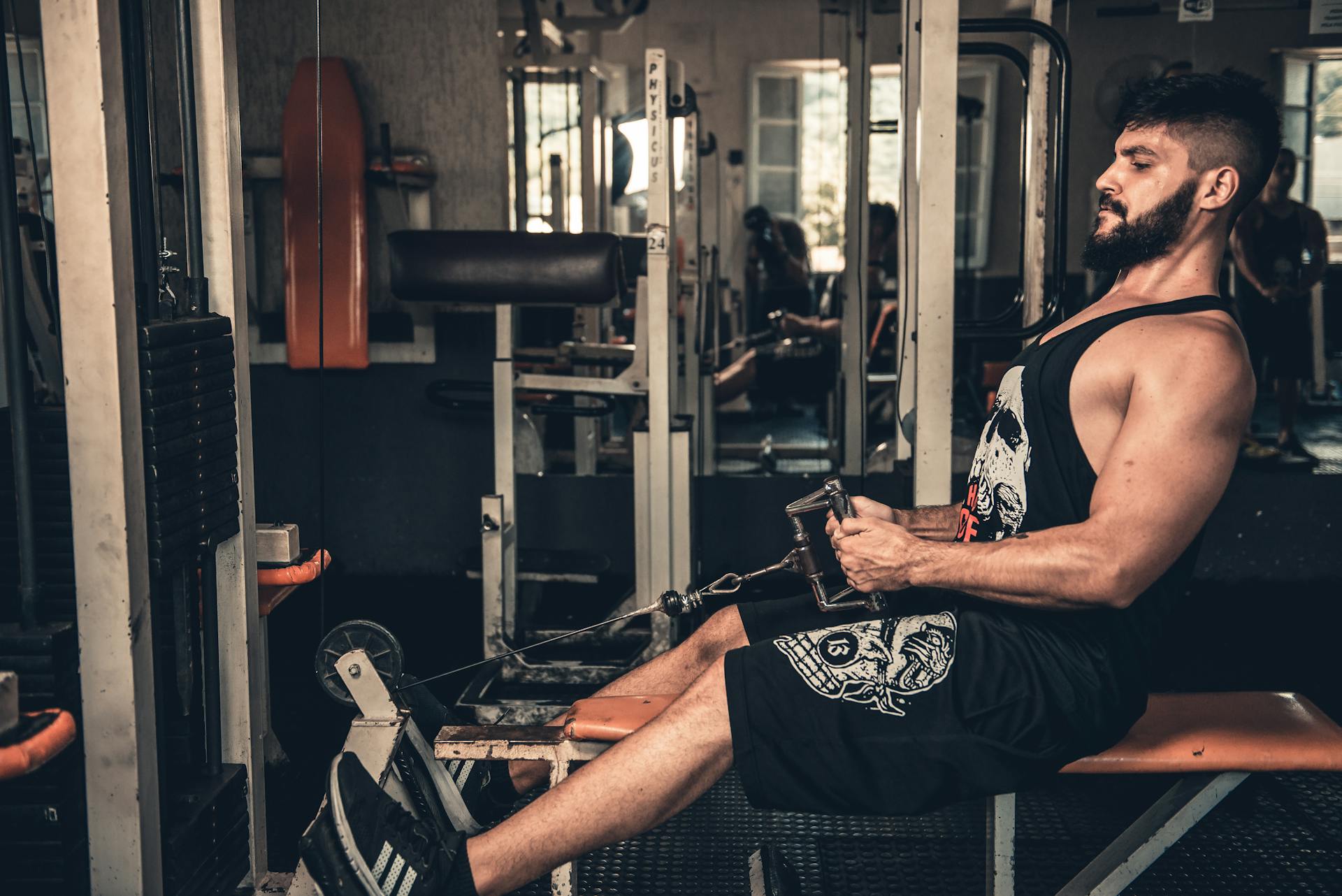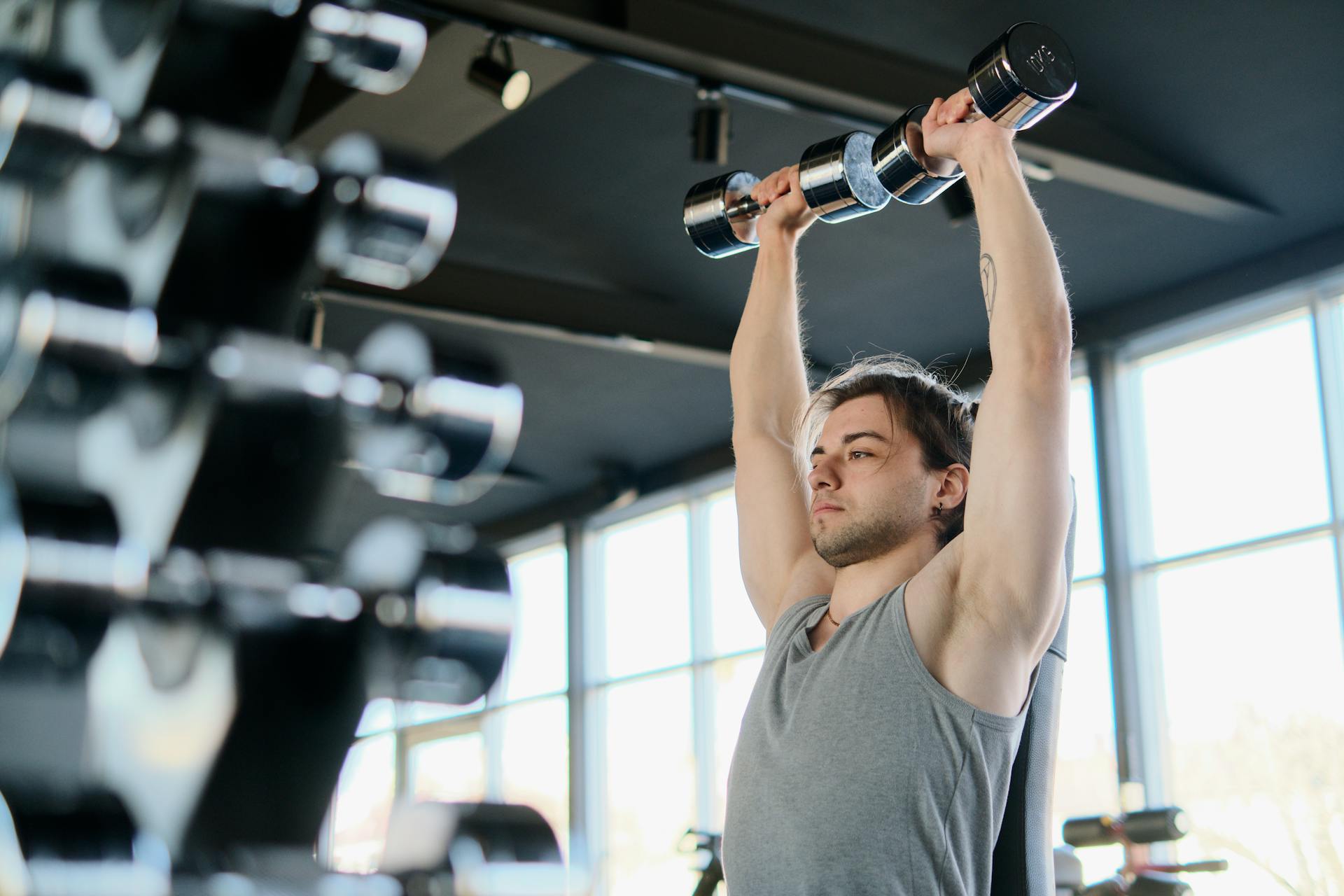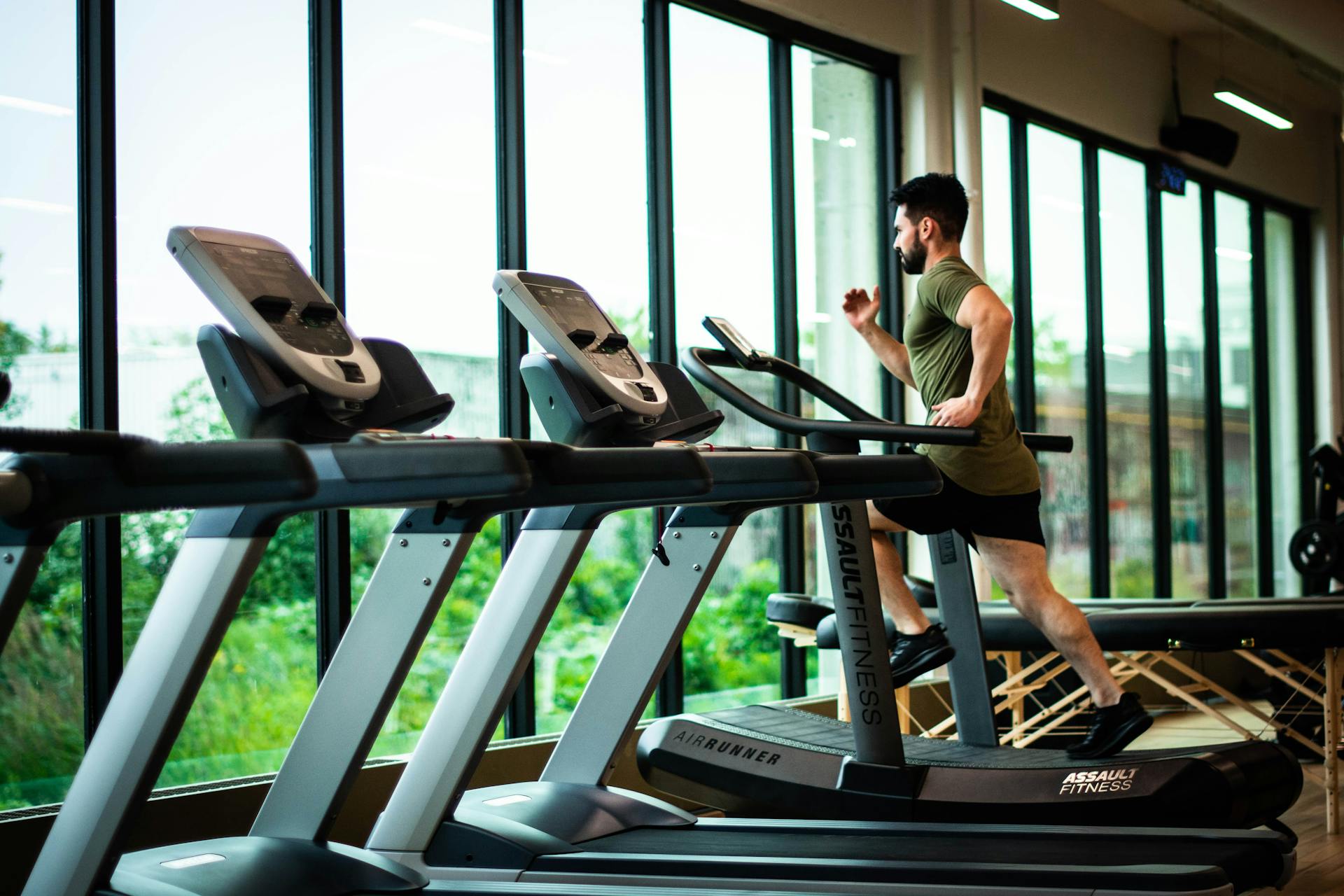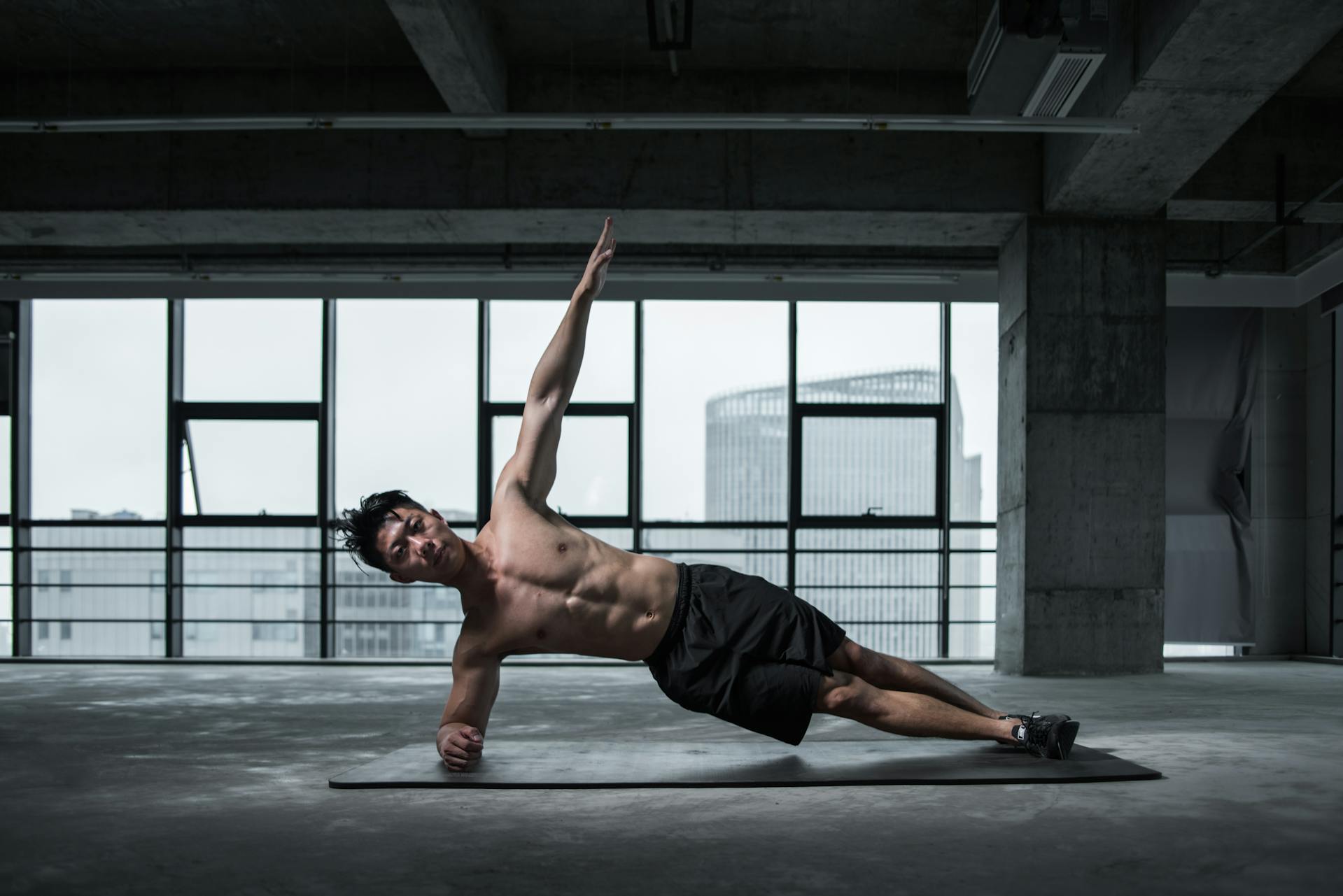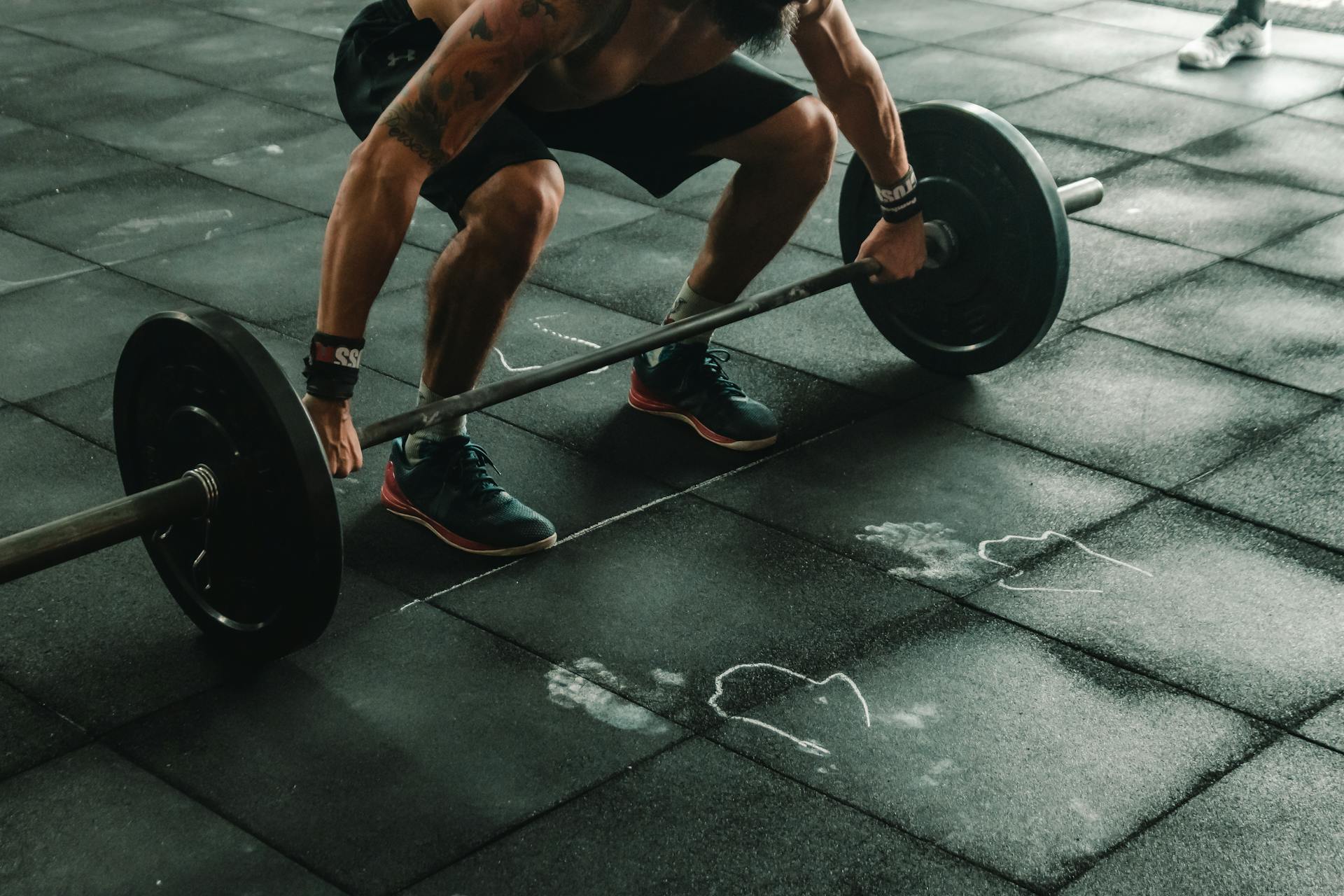The hack-squat machine is a fairly popular piece of equipment in any commercial gym. Despite its many variations, most trainees can recognize it in its various incarnations. It has an interesting history and injury pattern.
The hack squat was made popular by and named after a professional wrestler named George Hackenschmidt, who was known for his leg development. The original hack squat was performed by standing straight while holding a lightweight barbell at arm's length behind your buttocks. The heels often had a small block underneath them. You'd squat down while keeping your upper body as upright as possible. It put a great deal of work on the quads, which is why Hackenschmidt had such large quads for his day. Over time, trainees wanted to handle more and more weight, and the hack squat turned into a reverse deadlift. The mechanical load on the quads was lost in the effort to simply lift more weight.
The original hack machine tried to duplicate the original intention. It had a backrest and was angled very steeply. You'd hold on to a bar attached to the bottom of the backrest, and the bar was placed so that it mimicked the original barbell hack squat. It was difficult to handle significant weight on those early models.
Strength coaches later developed a machine to help football players duplicate a position where they were firing off the line of scrimmage and hitting another player. That piece of equipment looked much more like the hack-squat machines of today. It had a pair of long uprights on which the heavy carriage traveled up and down and two shoulder pads for the player to brace against. The angle of the machine was not so steep, perhaps 45 degrees or so.
The football player would position himself facedown, straighten his knees and hips and then turn the safety catches away from the rack so that he could move up and down with a substantial amount of weight. One of the original pieces of equipment was called the Ram Rack, and many other versions followed. It mutated and became what's known today as the hack-squat machine.
Bodybuilders decided to turn face up on the Ram Rack to squat. It wasn't like back squats, front squats, split squats, power squats or lunges, and as it looked a more like the old hack-squat machine, the name carried over. To be more effective, the machines needed to be steeper, like the old models. Manufacturers began making variations, which led to a frequent problem with hack squats: The backrest is sometimes very short, which can cause you to arch your lower back around the bottom of the short backrest—an awkward and somewhat risky position, especially under load from the weight on the machine.
I recall being at a gym, resting between sets, and watching a guy perform a set of hack squats. He stopped his set in obvious pain and managed to get off the machine. He said he'd developed sudden back pain and pain radiating down his leg during the set. I watched him hobble off, and I looked back at the machine. At the bottom of the short backrest, the padding was worn off right where the lower back would be. There wasn't much lower-back support to begin with and still less with the worn-out pads.
Some manufacturers made hack-squat machines with longer backrests. That can certainly help in terms of back support. Still, the carriage can travel only up and down the tracks regardless of the height or leg length of the trainee. Foot placement can help a little, but the machinery doesn't give you the freedom of a traditional back or front squat.
You can use the hack squat in your training. Just be careful. Take a look at the backrest the next time you go to the gym. If the pad looks worn out, ask the gym manager or owner to replace the pad or, better yet, replace the machine so the members can avoid injury. If the gym owner won't do either, you're better off dropping the exercise rather than risking an injury that may affect all of your training, not to mention a possibly large health-care bill.


































